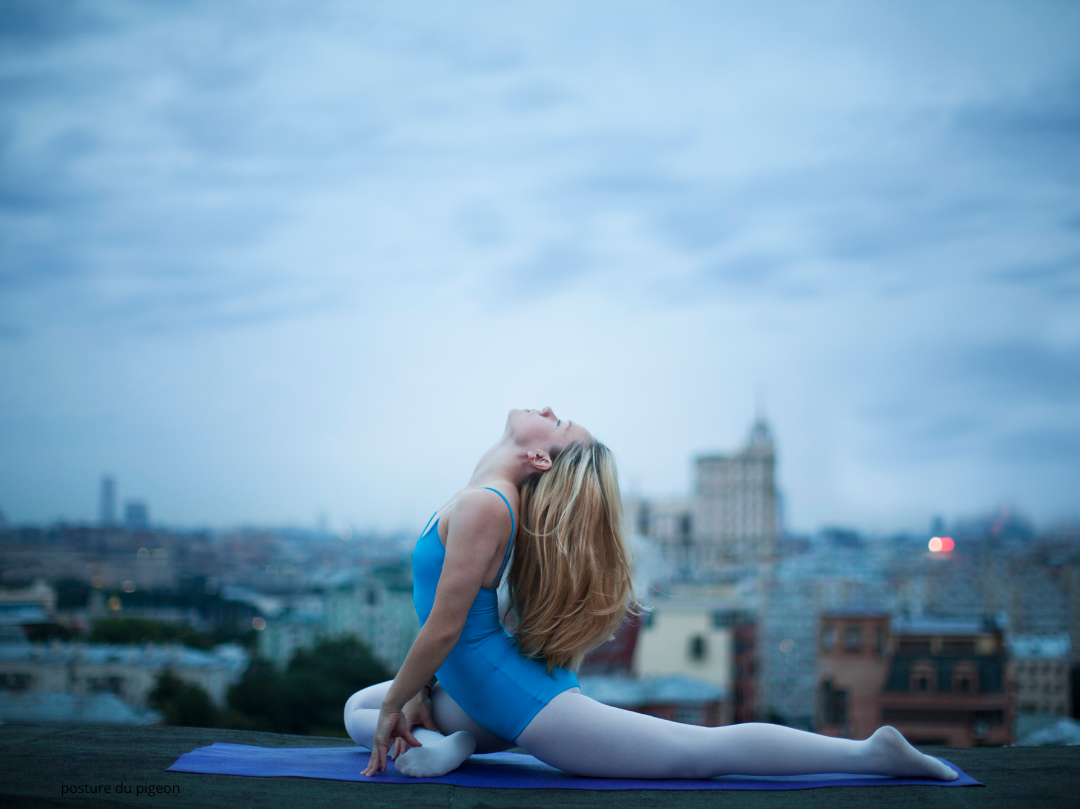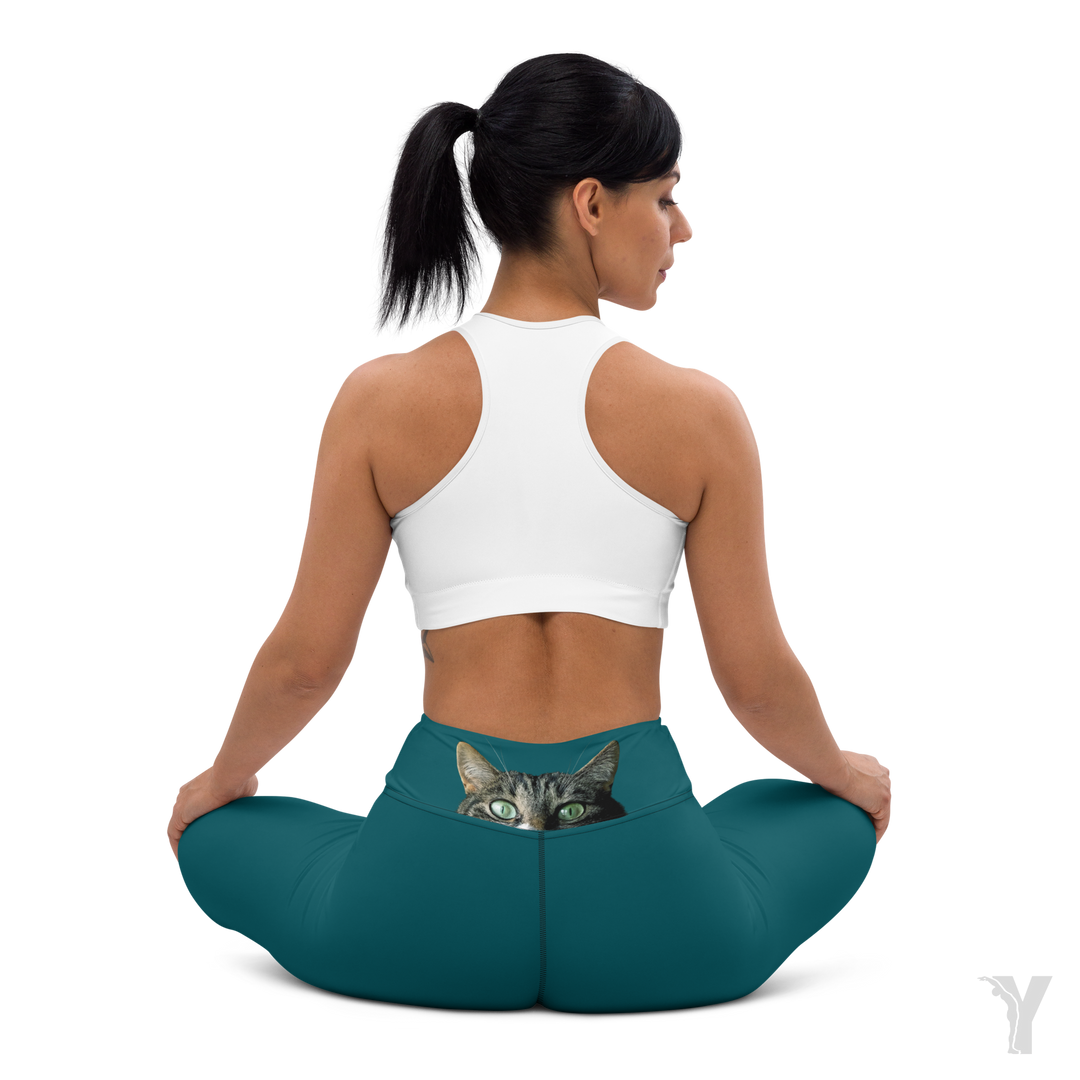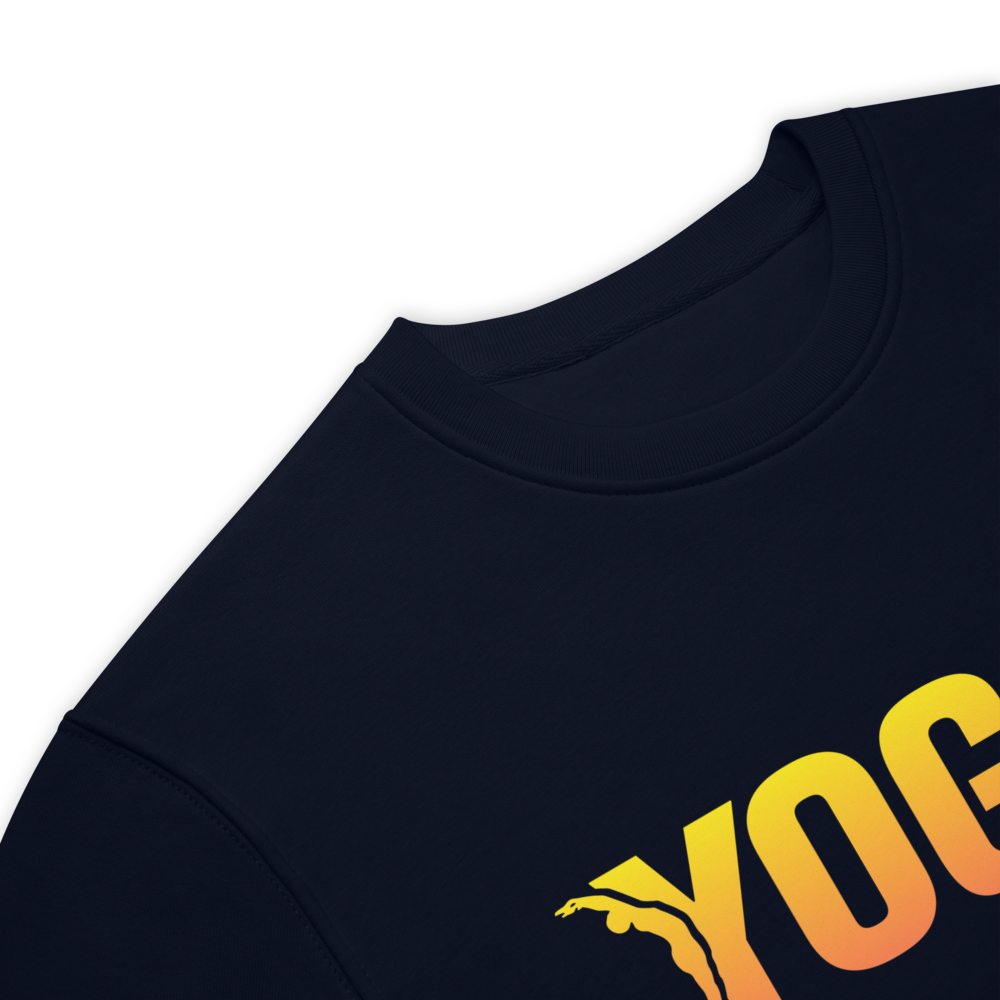Pigeon Pose in Yoga: Complete Guide and Variations

Pigeon pose, also known as Eka Pada Rajakapotasana in Sanskrit, is one of the most iconic poses in yoga and also one of the least understood.
In this article, we will explore the benefits of this pose, as well as its main variations : Ardha Kapotasana (Half Pigeon Pose) and King Pigeon Pose.
The benefits of pigeon pose
Pigeon pose is prized by many yoga practitioners for its many benefits, including:
- Hip opener : This is one of the main benefits of pigeon pose. It helps release built-up tension in the hips, often caused by prolonged sitting. By stretching the hip flexors and external rotators, it promotes better mobility in this area.
- Lower back pain relief : By loosening tight muscles around the hips, pigeon pose helps reduce lower back pain. It also stretches the quadriceps and gluteal muscles, which can be sources of tension in the lower back.
- Improved Digestion and Circulation : Opening the hips improves blood circulation in the pelvic area, which can promote better digestion and reduce menstrual pain.
- Stress and anxiety reduction : Like many yoga poses, pigeon pose has a calming effect on the mind. It encourages relaxation and introspection, allowing you to center yourself and release emotional tension.
How to do pigeon pose?
Steps to get into classic pigeon pose:
- Begin in downward dog position . As you inhale, raise your right leg toward the sky.
- Bend your right knee and bring it toward the front of the mat, resting your knee near your right hand. Your right ankle should be near your left hand.
- Extend your left leg back, keeping your left hip aligned. If your right hip isn't touching the floor, place a yoga block or blanket under it to support your body.
- Inhale deeply and, as you exhale, lengthen your torso forward, resting your forearms or forehead on the mat.
- Stay in this position for several deep breaths, letting your body gradually relax. Repeat on the other side.
Common mistakes to avoid:
- Poor hip alignment : It is important to keep your hips parallel to the floor to avoid unnecessary strain on your lower back.
- Knee tension : If you experience pain in your knees, it's best to use a gentler variation of the pose (like Ardha Kapotasana ) or consult a teacher to adjust your alignment.
Variations of Pigeon Pose
1. Ardha Kapotasana (Half Pigeon Pose)
This variation is ideal for beginners or those who find the full version of pigeon pose too intense.
Steps:
- Start in a position on all fours.
- Bring your right knee forward, as in classic pigeon pose, but keep your torso lifted.
- Grab your left foot with your left hand, gently bringing the heel toward your left buttock to stretch the quadriceps.
- Hold the posture while breathing deeply, then switch sides.
This variation allows you to work on opening your hips and stretching your quadriceps without the depth of the forward bend of the full pose.
2. King pigeon pose (Eka Pada Rajakapotasana)
King Pigeon Pose is an advanced variation that requires great flexibility and considerable strength in the back and shoulders.
Steps:
- Begin in classic pigeon pose.
- Bend your back knee (extended leg), and grab your foot with the hand on the same side.
- If you're comfortable enough, bring your foot toward your head and try to touch your head with your toes. For very advanced practitioners, you can try grabbing your foot with both hands.
- Hold the posture while breathing slowly and deeply, then release gently.
King Pigeon Pose is a deep backbend that opens the chest, strengthens the shoulders, and intensely stretches the leg and back muscles. It should be practiced with caution and preferably under the supervision of a teacher.
Incorporate Pigeon Pose into Your Daily Practice
- When and how to practice : Pigeon pose is perfect for the end of a session, when your muscles are warmed up and ready for a deep stretch. It can also be used as an isolated pose to release tension after a stressful day.
- Combination with other poses : Try combining pigeon pose with poses such as Uttanasana (standing forward bend) or Balasana (child's pose) for a complete sequence that stretches and relaxes the entire body.
- Hold time : It is recommended to hold the pose for at least 5 deep breaths on each side, or longer if you feel comfortable. The longer you stay in the pose, the more you will gradually allow your body to open.
Pigeon pose and its variations are excellent poses for improving flexibility, relieving tension in the hips, and promoting a calm, relaxed mind. Whether you choose the classic version, Ardha Kapotasana , or embark on King Pigeon pose, it's essential to respect your body and progress at your own pace. Practice regularly, listen to your body, and you'll gradually discover the profound benefits of these beautiful poses.


 Find our T-shirt of the pigeon practicing
Find our T-shirt of the pigeon practicing















